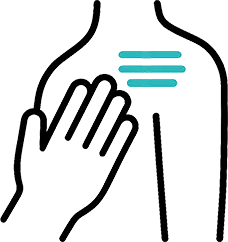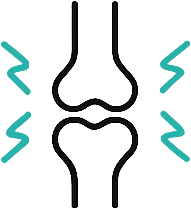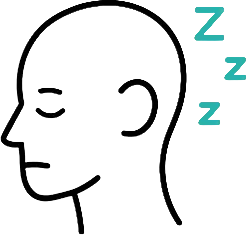
Scleroderma
Step into a new era of healing at Infinity Stem Cells, where cutting-edge science meets the body’s innate potential. Our advanced cell regeneration therapies, centered on mesenchymal stem cells (MSCs), harness the transformative power of cellular renewal to address a wide range of conditions, restoring vitality and igniting wellness from within.
|
|
|
|
|
|
|
What is Scleroderma
Scleroderma is a rare autoimmune disease that causes the skin and connective tissues to harden and tighten. It can be localized to the skin or affect internal organs like the lungs, heart, and kidneys. Symptoms vary but often include skin thickening, Raynaud’s phenomenon, and digestive issues. While there’s no cure, treatments can help manage symptoms and slow progression.

What Are the Symptoms?
People living with Scleroderma may experience:

Skin thickening

Joint stiffness

Raynaud's phenomenon

Digestive problems

Breathing difficulties

Fatigue and pain
Current Treatments
for Scleroderma
Current Treatments for Scleroderma focus on managing symptoms and preventing complications. Here are five key approaches:
Immunosuppressive therapy: Reduces immune system activity to slow disease progression.
Vasodilator medications: Improve blood flow and help manage Raynaud’s phenomenon.
Anti-fibrotic drugs: Target tissue scarring, especially in lung involvement.
Physical therapy: Maintains mobility and reduces joint stiffness.
Organ-specific care: Tailored treatment for affected organs like lungs, kidneys, or heart.
What Are the Outcomes?
Outcomes for Scleroderma vary widely depending on the type and severity. Early diagnosis and treatment can improve quality of life and slow progression.
Skin symptoms may stabilize or improve over time
Some internal organ damage can be irreversible
Lung involvement is a major cause of complications
Kidney crisis risk has declined with modern treatment
Fatigue and pain may persist long-term
Life expectancy can be near-normal in mild cases
Stem Cell Therapy for Scleroderma
Stem Cell Therapy for Scleroderma is an emerging treatment that aims to reset the immune system and reduce severe symptoms, especially in systemic cases.
Immune system reset: Replaces damaged immune cells with healthy stem cells.
Severe case option: Considered for patients with aggressive or treatment-resistant disease.
Potential risks: Includes infection, organ damage, or treatment-related complications.
Science, Simplified: Our Therapy Process
Understanding your journey towards health through clear, straightforward steps.
Site
Target
Depth
Forehead & Eyes
Cheeks & Jawline
Under-Eye Area
Full Face
Wrinkles, crow’s feet
Volume loss, elasticity, hydration
Dark circles, fine lines
Texture, glow (via microneedling)
1–2 mm (superficial dermis)
2–4 mm (deep dermis)
1–1.5 mm (cautious use)
0.5–1.5 mm

Why Consider
Stem Cell Therapy?
Non-surgical and outpatient
Focuses on long-term healing, not just symptom relief
Supported by early-stage clinical research
Ethically sourced, high-quality regenerative cells
Find Out If You're a Candidate >>
Talk to an Expert >>
Explore the Science Behind It >>
Frequently Asked Questions
Is this FDA-approved?
Stem cell therapies using ethically sourced regenerative cells are regulated under strict guidelines by the FDA. While certain applications have explicit FDA approval, others are administered under FDA guidelines as investigational therapies, complying fully with regulatory standards to ensure safety and quality.
What are the risks or side effects?
Stem cell therapy is generally safe with minimal risk. Common mild side effects can include temporary soreness, swelling, or minor bruising at the injection site. Rarely, more serious complications such as infections or allergic reactions can occur. Our medical team thoroughly evaluates each patient to minimize these risks.
How long until I feel results?
Patients often notice initial improvements within days to weeks, with more substantial benefits progressively occurring over the following months as the regenerative process continues. Individual experiences can vary depending on the condition's severity and personal health factors.
How many sessions are required?
Many patients experience significant improvements after a single session. However, depending on individual conditions and response to treatment, additional sessions may be recommended to maximize outcomes. Our specialists provide personalized recommendations during your consultation.
Is this covered by insurance?
Insurance coverage varies depending on the specific policy and condition being treated. While regenerative therapies are not universally covered, some plans offer partial or full coverage. Our administrative team will assist you in verifying insurance coverage and exploring financial options to support your treatment.
Connect with Us
Quick Links
Copyright© 2025 Scientific Infinity - All Rights Reserved.
